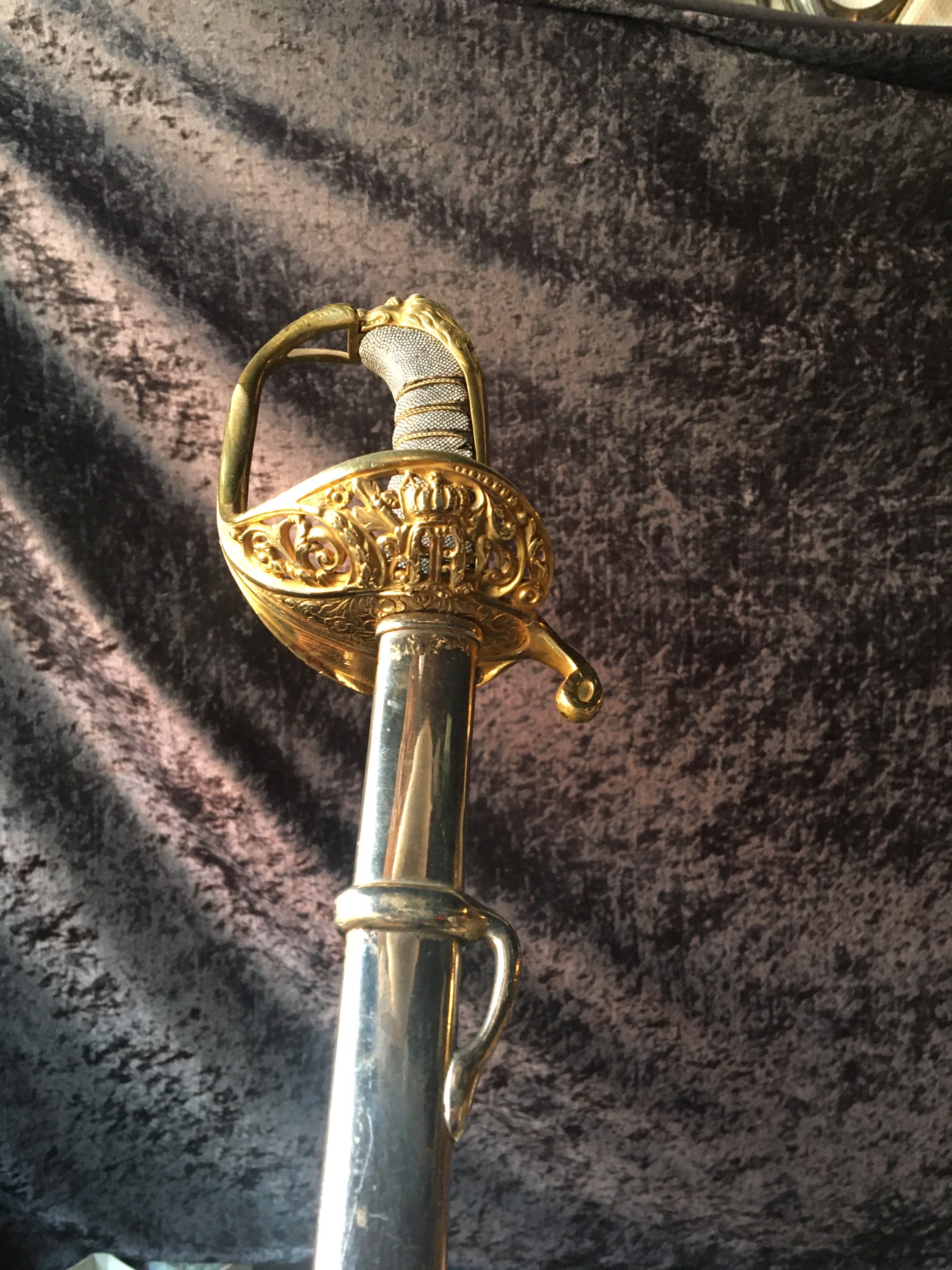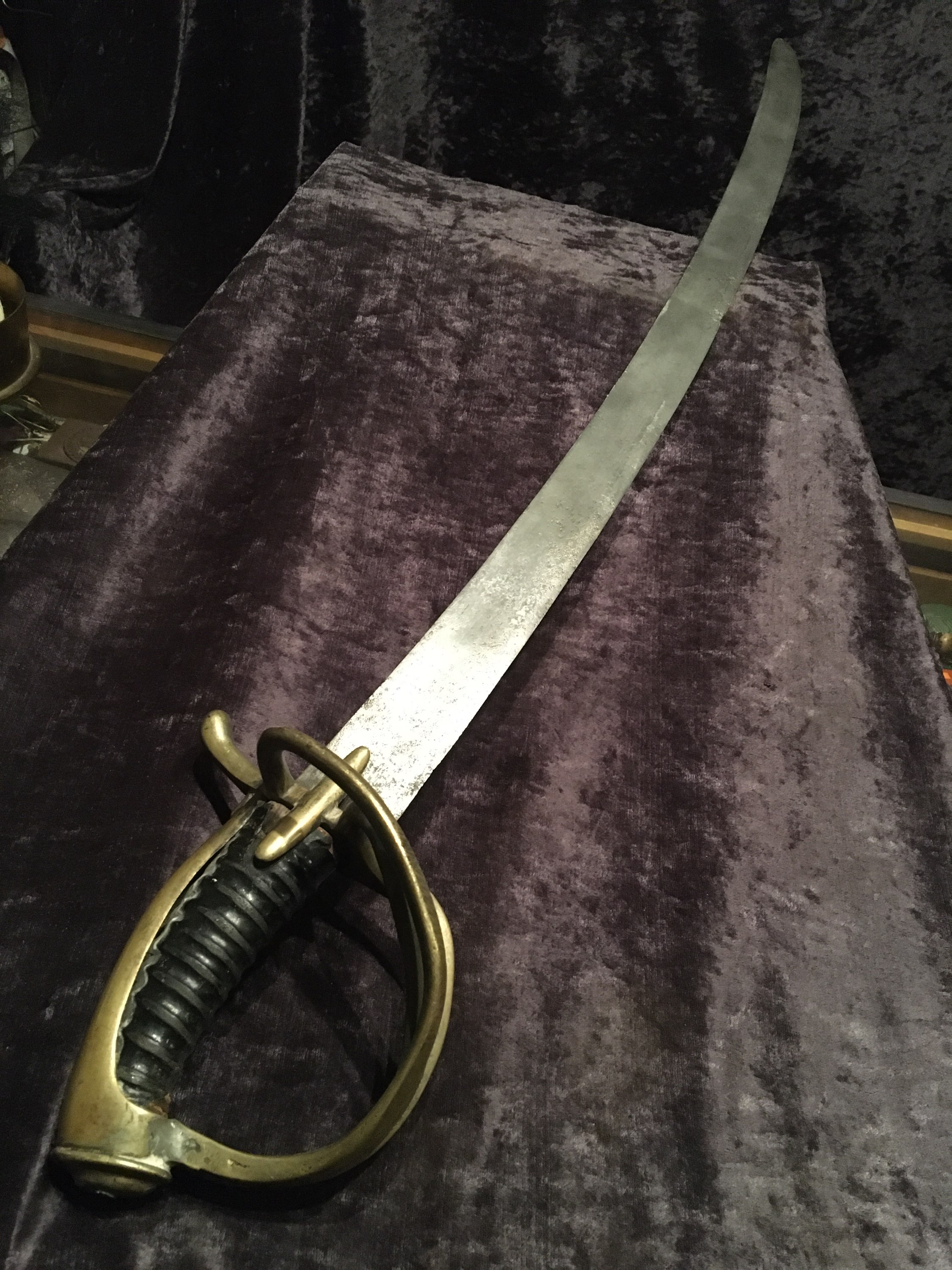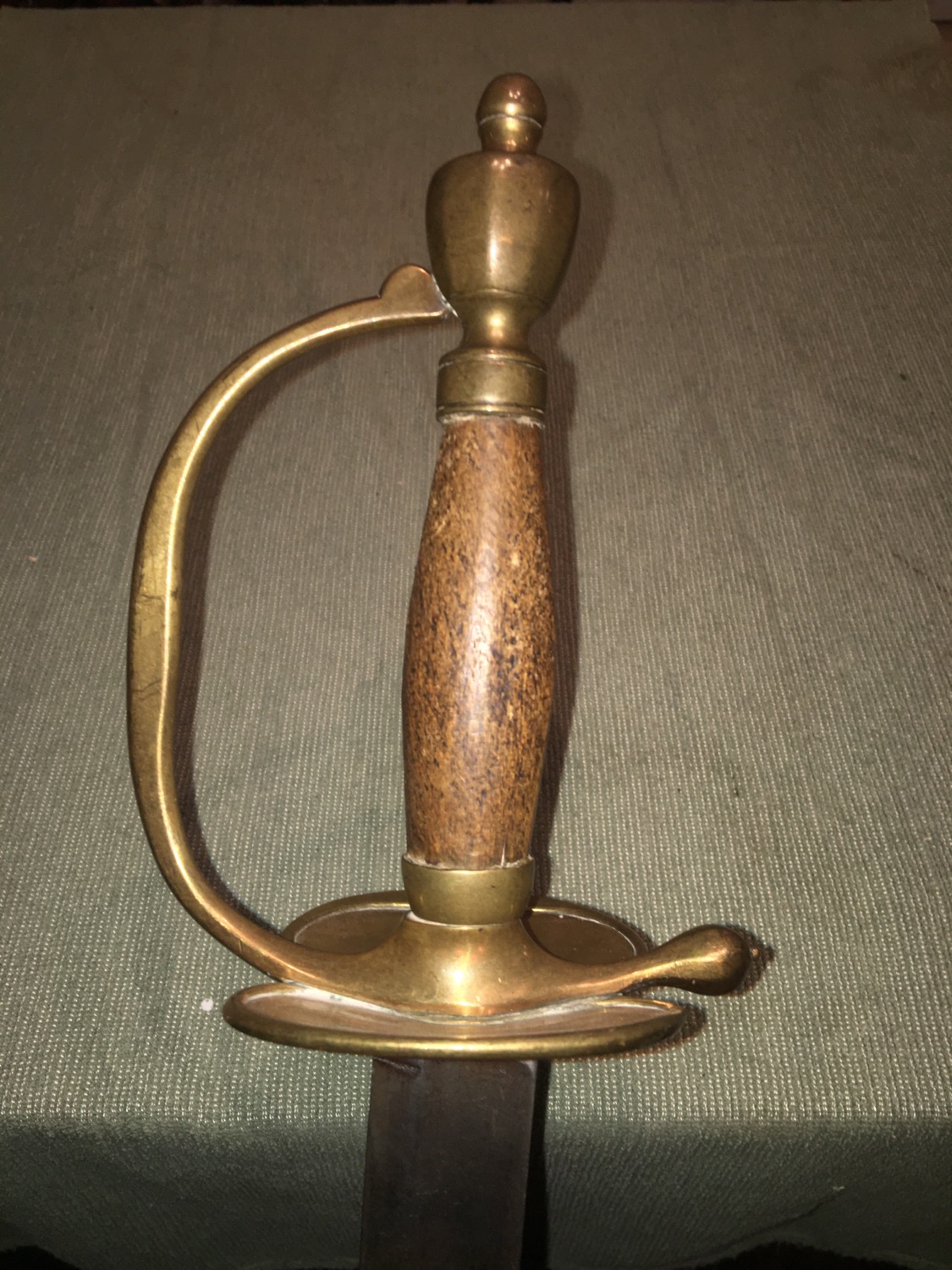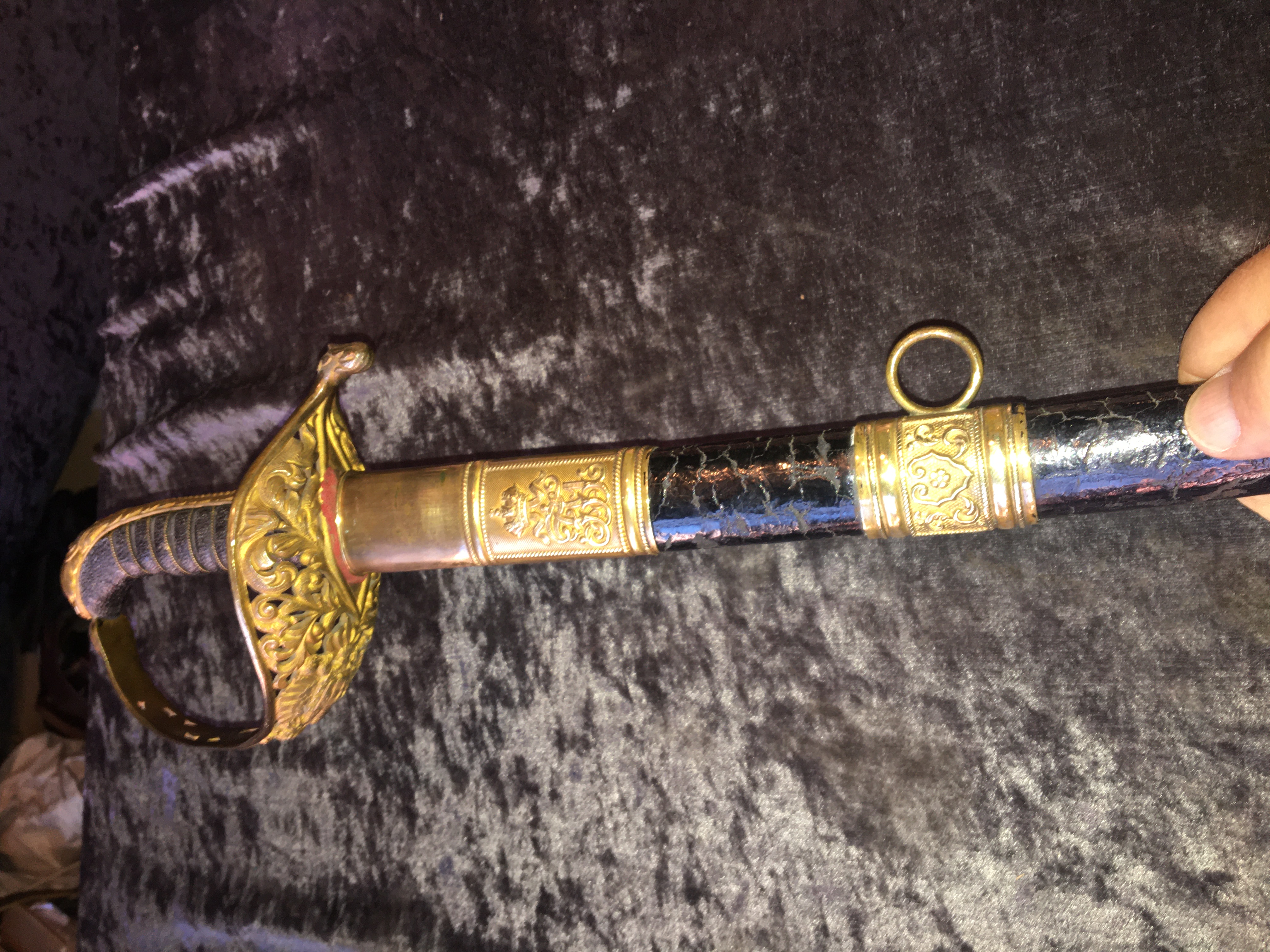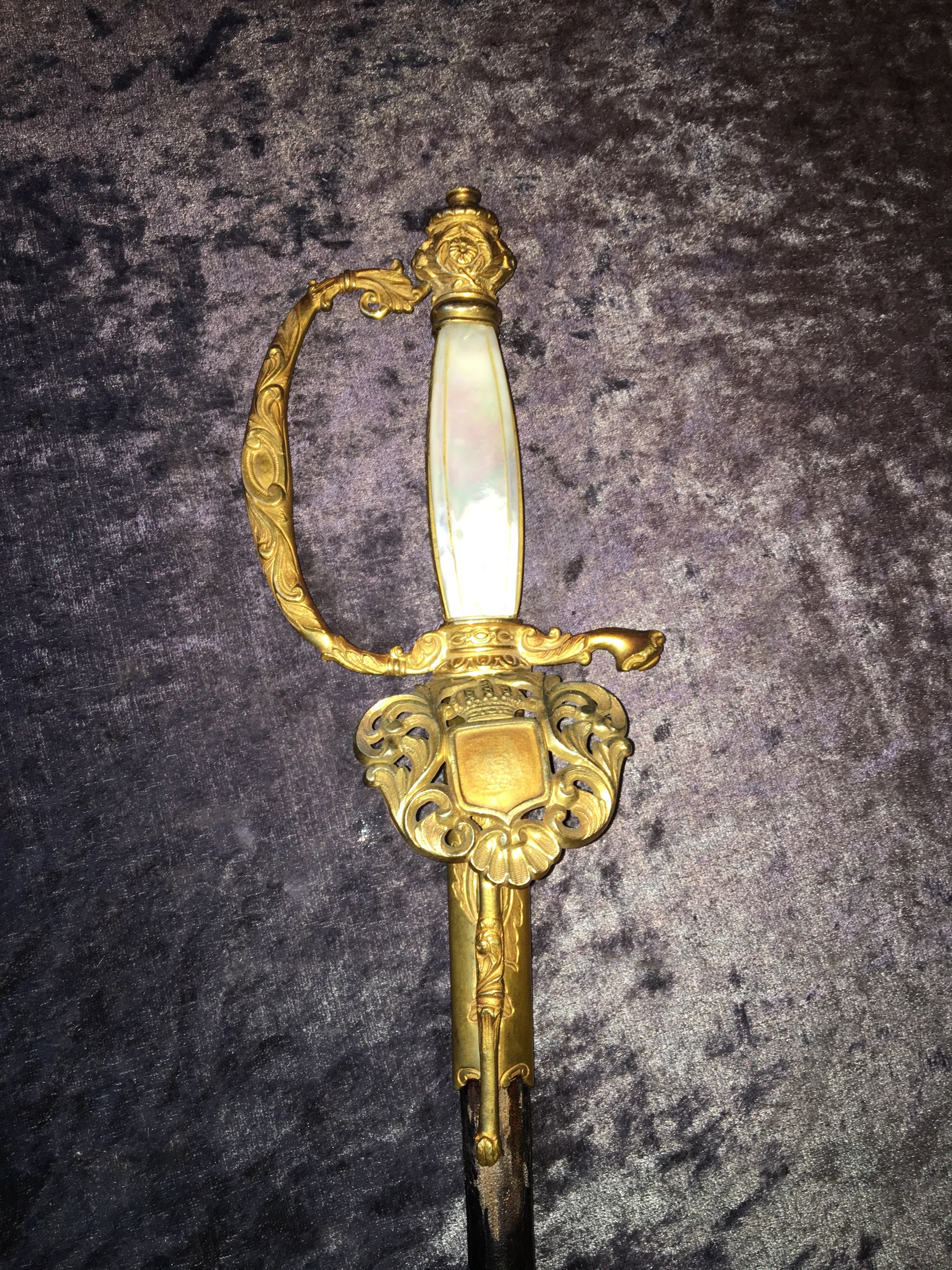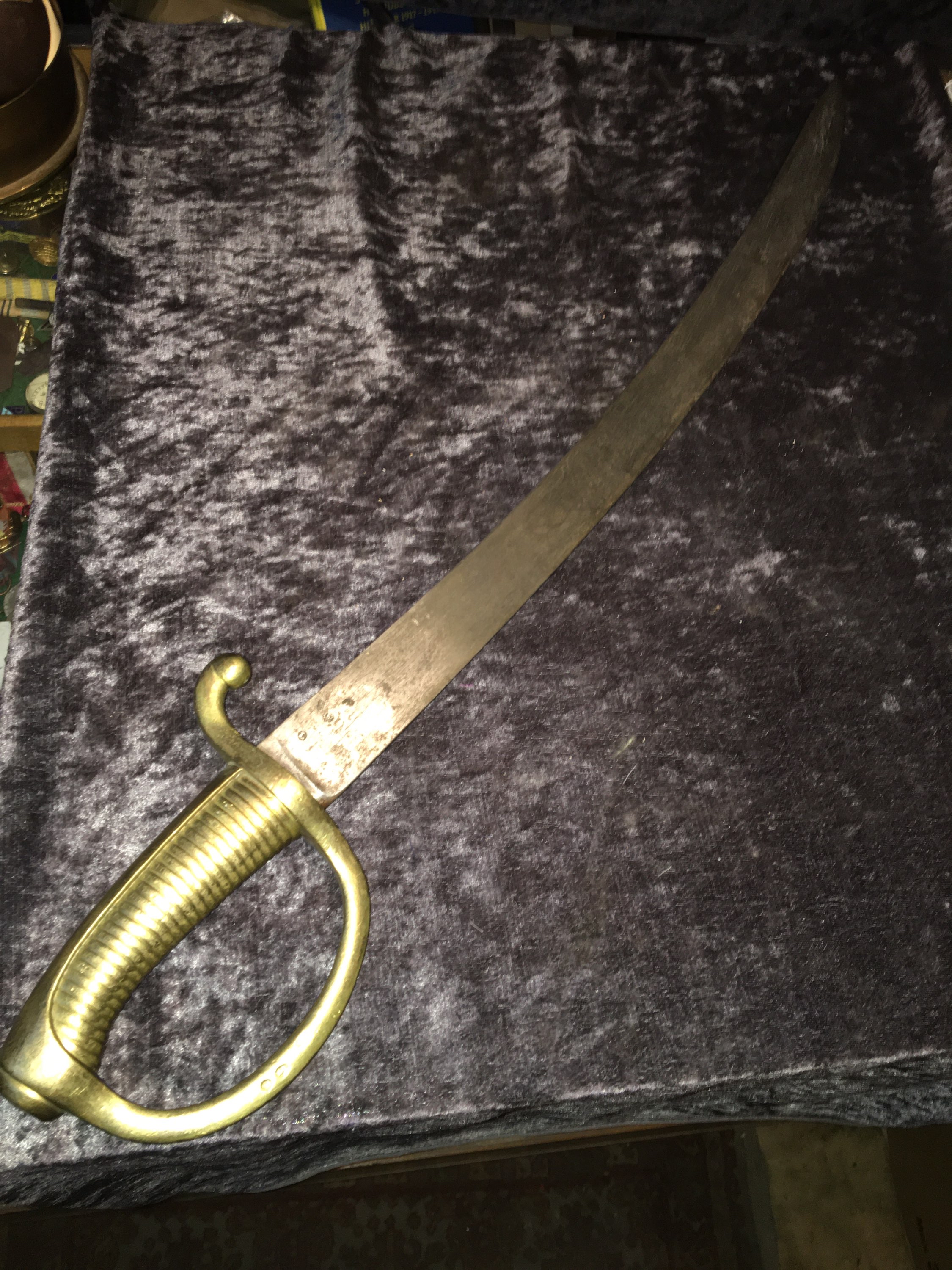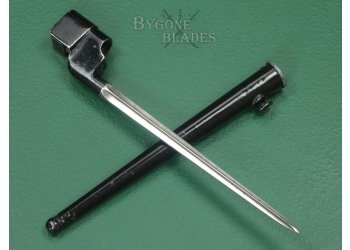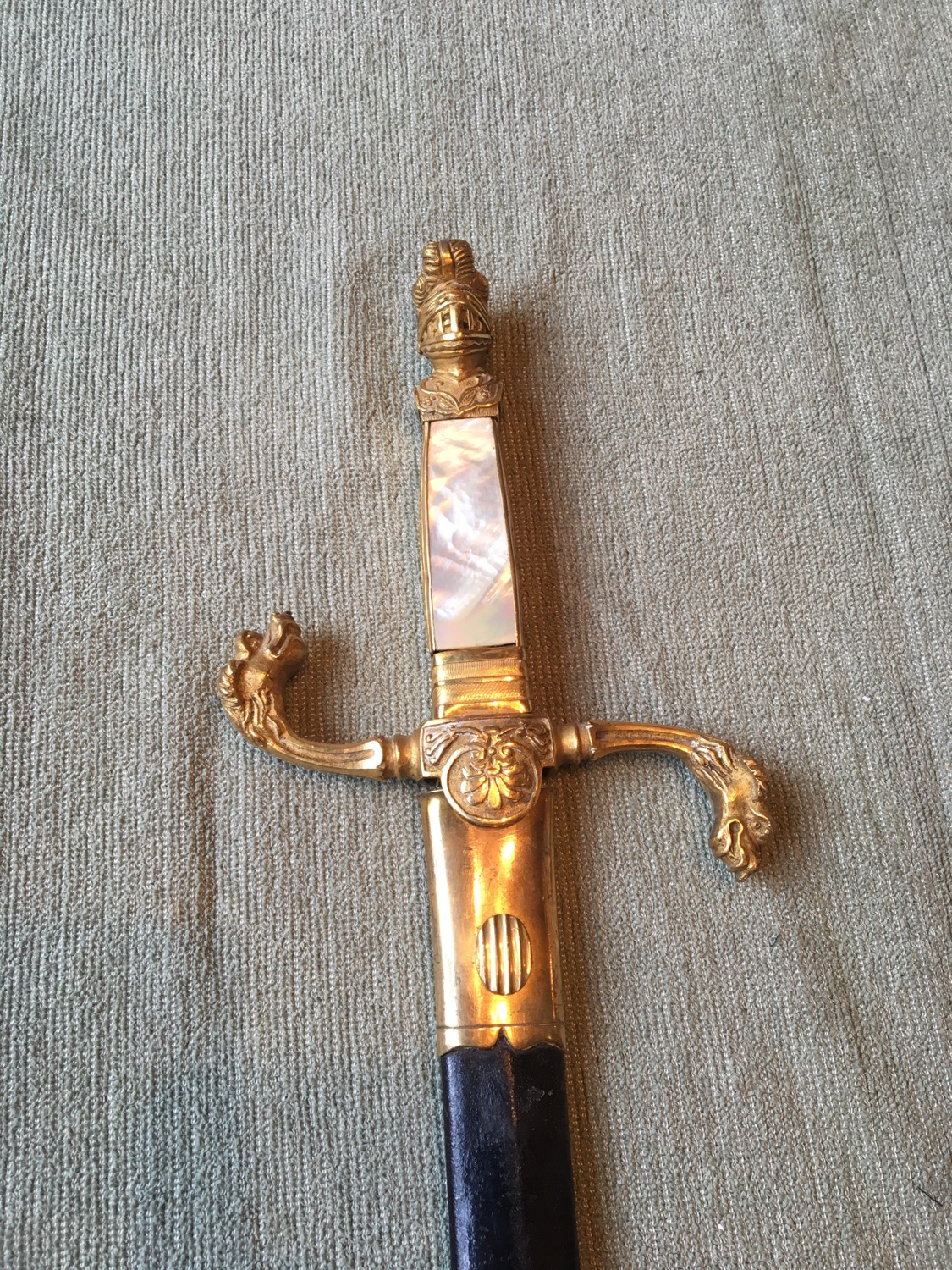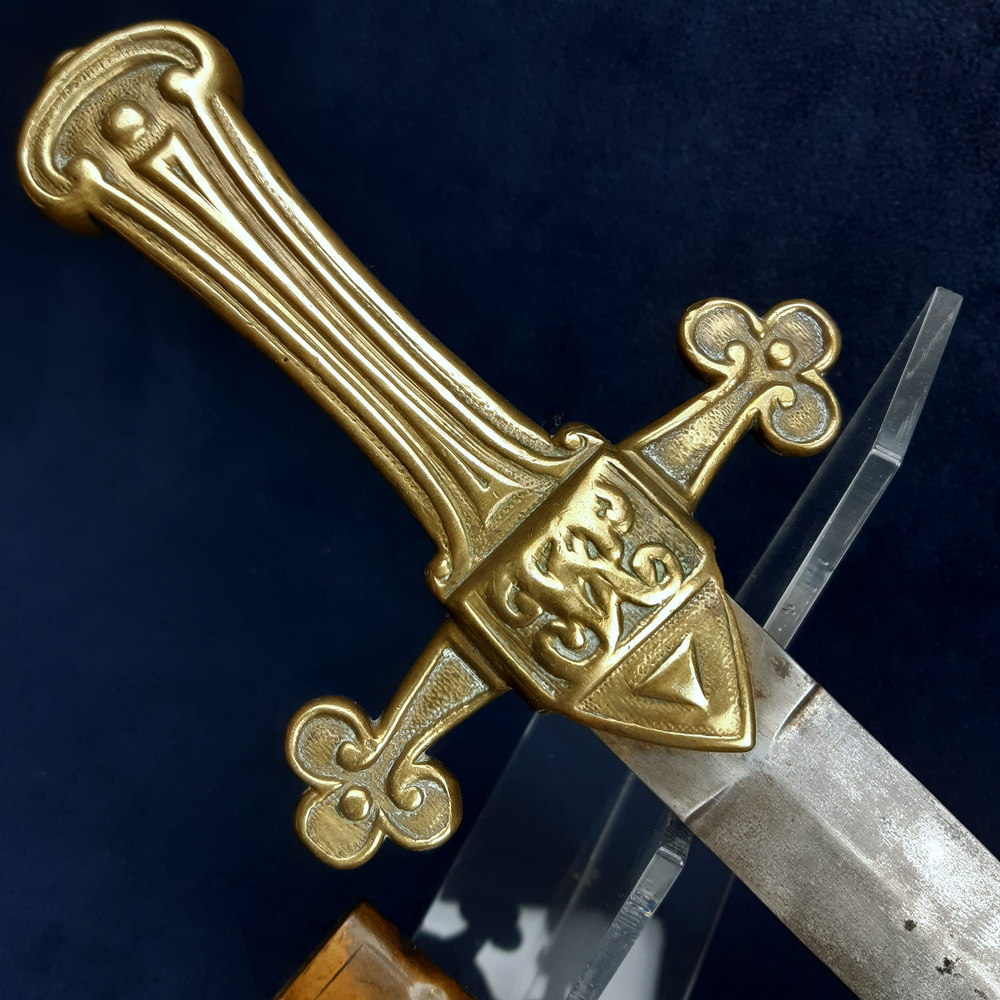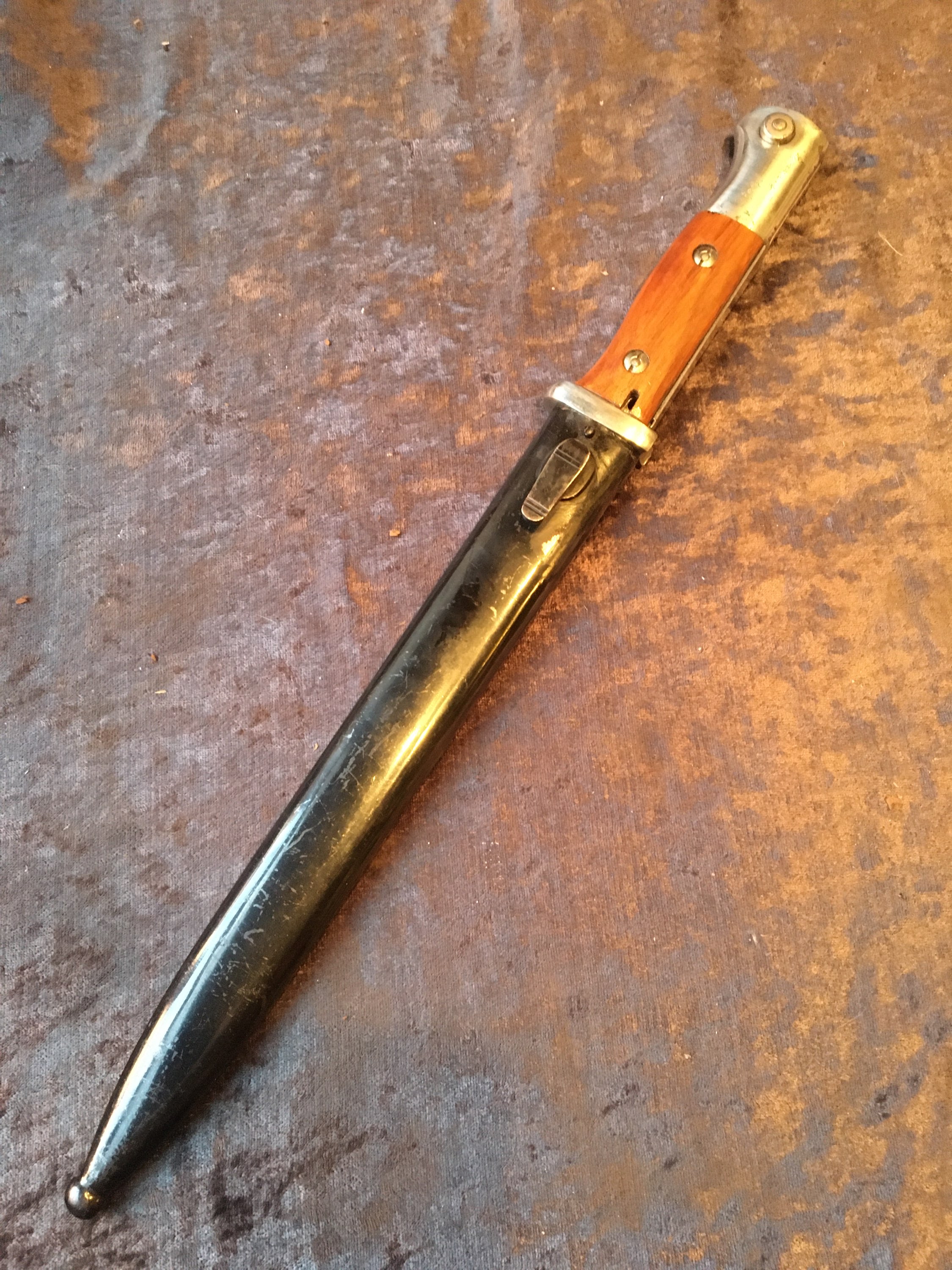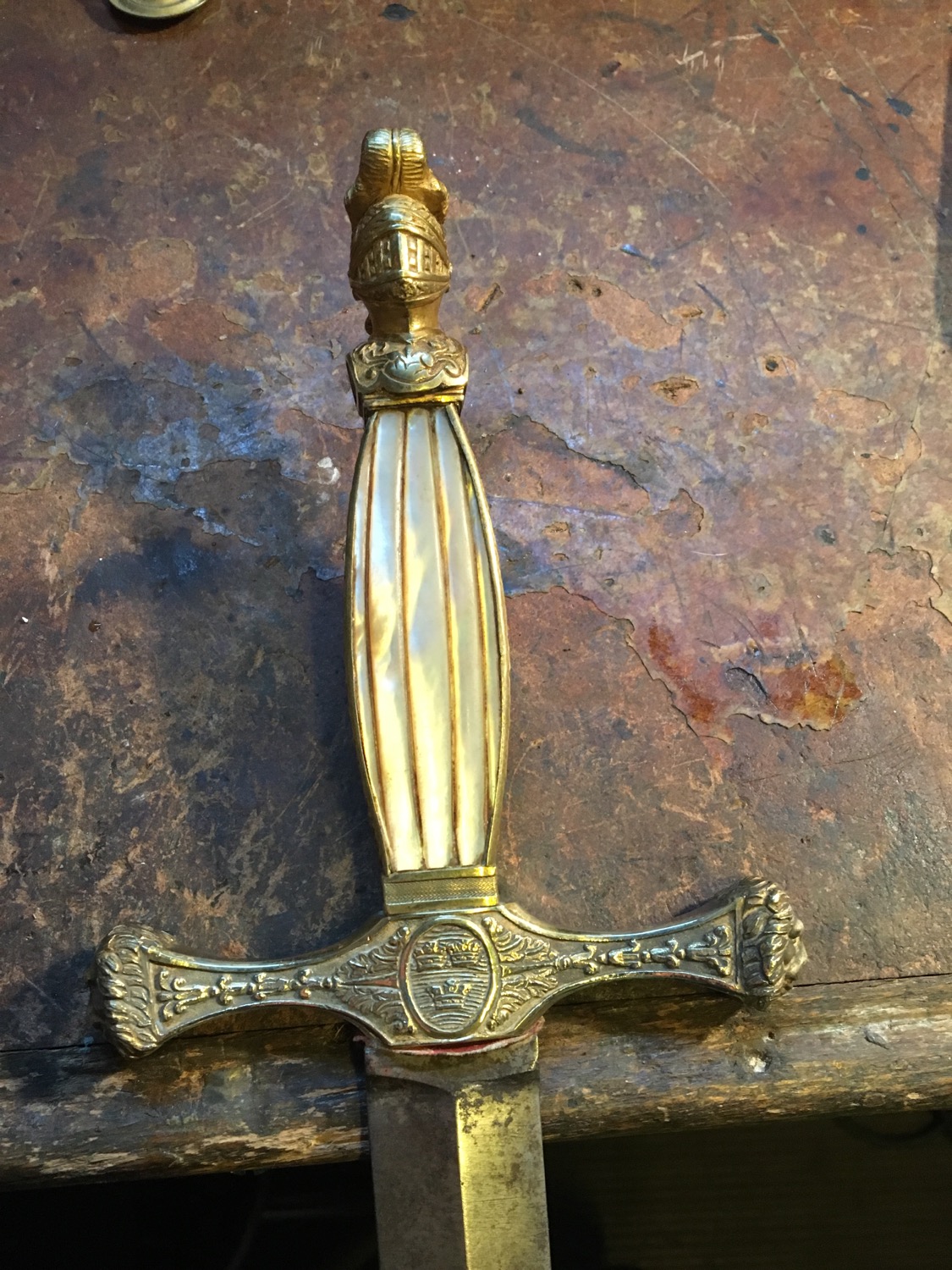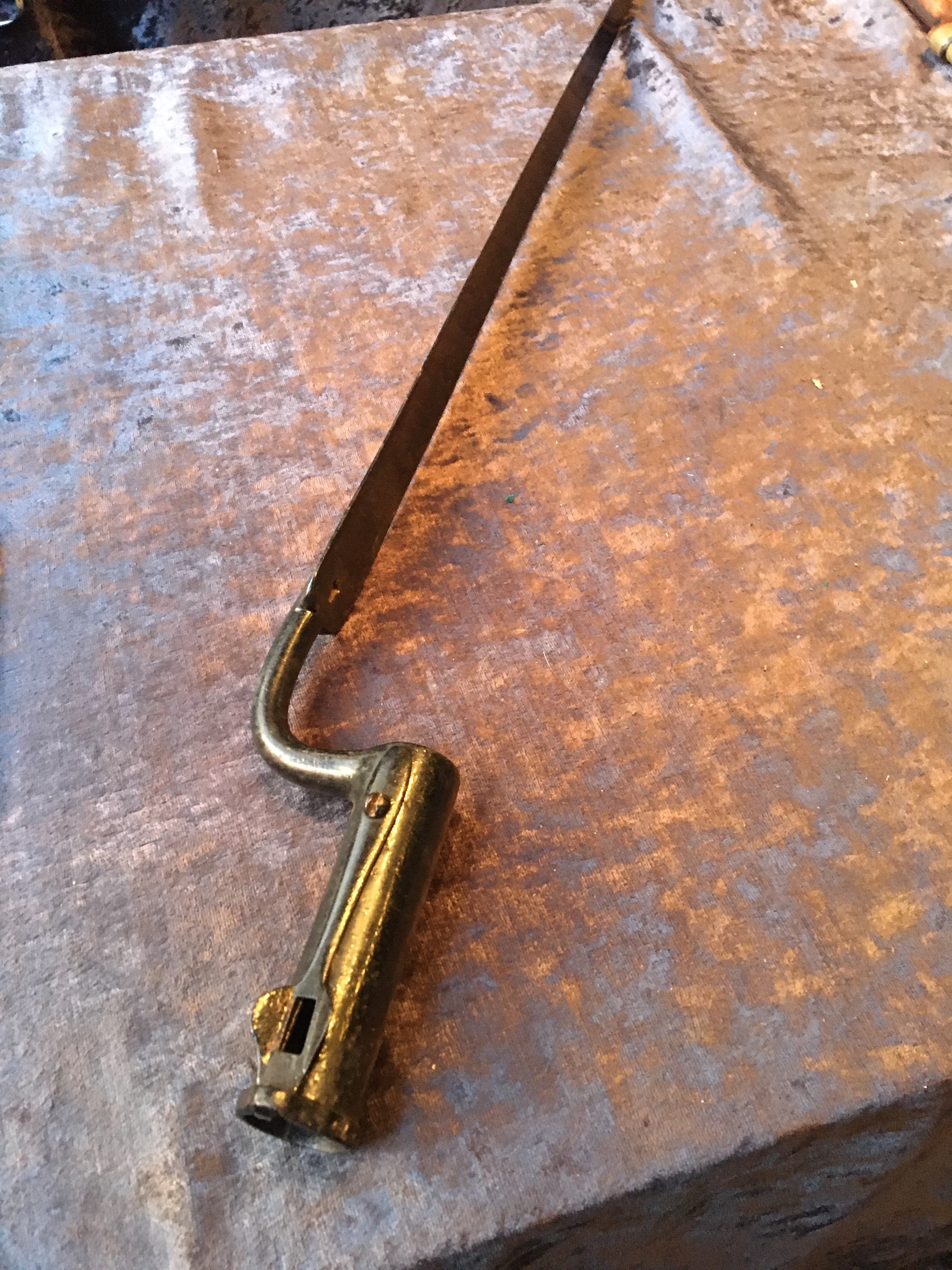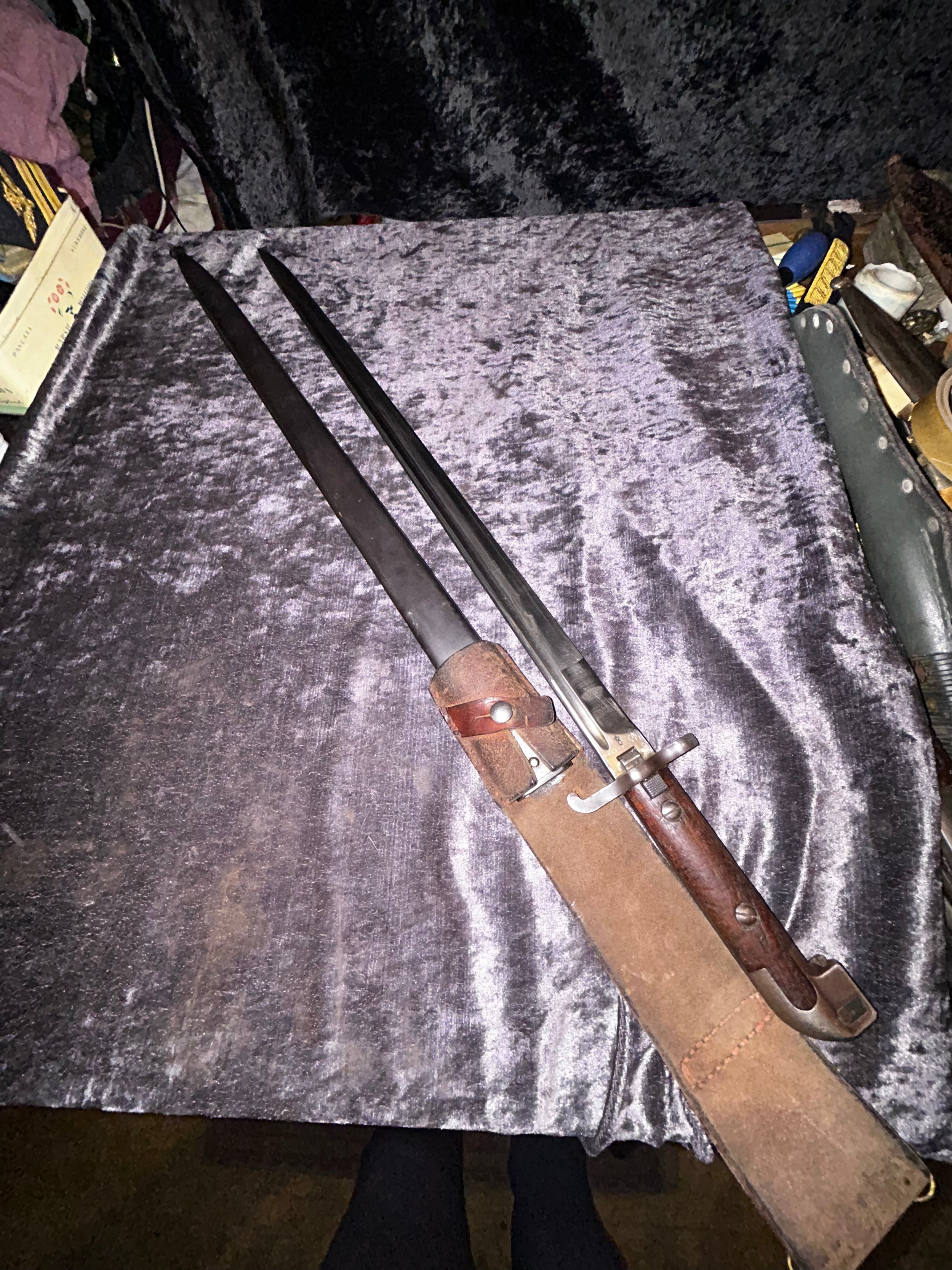For Sale
The following items are listed by for sale by users of the site and dealers. They are in no way endorsed or guaranteed by www.oldswords.com
Add a Classified ItemYou can also receive regular email notifcations when items match your keywords. To recieve them just register or logon at the top right of this page.
- Nation : German
- Local Price : £325.00
- Nation : American
- Local Price : £320.00
- Nation : British
- Local Price : £320.00
- Nation : Russian
- Local Price : £320
- Nation : German
- Local Price : £310.00
- Nation : British
- Local Price : £310.00
- Nation : German
- Local Price : £300.00
- Nation : British
- Local Price : £300.00
- Nation : American
- Local Price : £300.00
- Nation : Indian
- Local Price : £300.00
- Nation : British
- Local Price : £300.00
- Nation : British
- Local Price : £300.00
- Nation : British
- Local Price : £300
- Nation : Italian
- Local Price : £295.00
- Nation : British
- Local Price : £295.00





